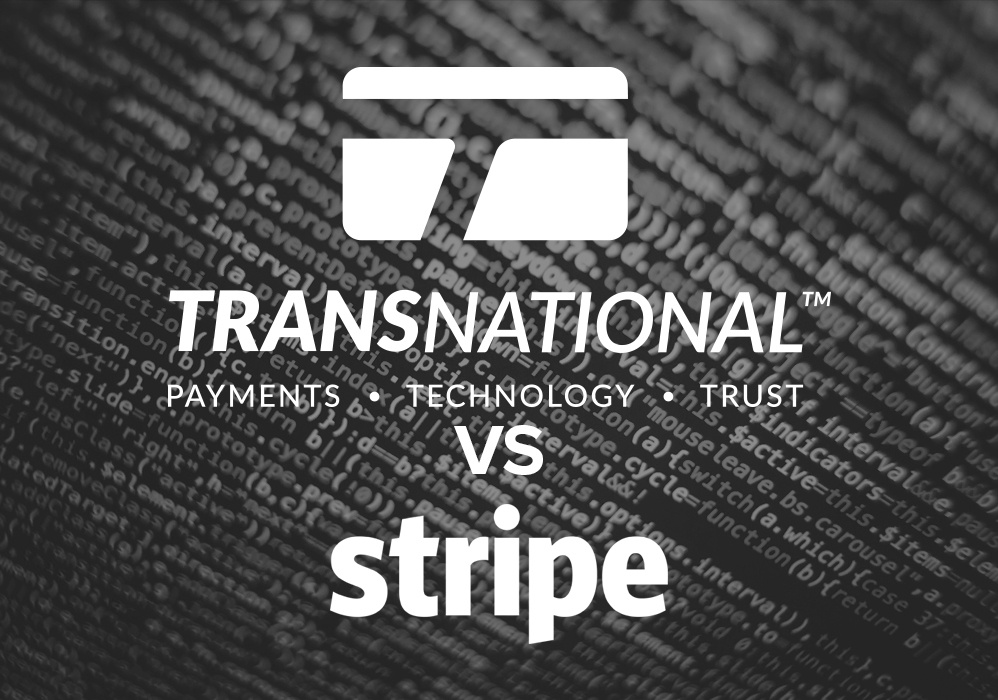
The right API can have a major impact not only on merchants and their experience with using a payment gateway but also on developers. It plays an especially important role when it comes to the ease of integration and availability of support. So, who wins in these two categories — a market giant Stripe or an exciting newcomer Pi?
EMV Integration
The liability shift in 2015 threatened many merchants with the full brunt of fraud and chargebacks linked to chip card transactions made via devices without EMV compliance. As they turned to developers for solutions, it soon became evident that the transition to the new standard would require extensive and time-consuming restructuring — a better EMV integration was desperately needed.
Stripe delivered, helping significantly reduce required coding hours through better automation. Where developers ran into a wall was card-present integration, since the brand's core solutions don’t provide it. The need to find and acquire separate software that integrated with Stripe erased many time and simplicity perks that were promised.
Pi, on the other hand, was designed as an all-in-one solution for both card-present and card-not-present transactions. It's an open-source solution that provides a true one-step integration without forcing developers to look for the missing piece of the puzzle. Pi is also compatible with Quick Dip EMV to help developers enable even faster chip-based checkout experience.
Fraud Detection
The speed of integration and payment processing should never come at the expense of security. Unfortunately, not all APIs are capable of supporting it at the level required by modern standards.
Pi, however, excels in this area by offering a machine-learning AI platform to detect and prevent fraud. In fact, it's the first API of its kind to feature such technology, which puts it far ahead of Stripe and the rest of the competition.
Today, businesses of all types and sizes are more vulnerable to fraud than ever, as evidenced by data breaches at Target and Equifax. By uniting the forces of EMV and machine-learning AI, developers can ensure that their clients achieve the highest level of protection available to them.
Product Support
Developers have to do all the hard work when it comes to creating a smoother experience for their customers, and for years Stripe has been helping them accomplish that, with a caveat — proper support.
Sometimes it’s just easier to talk to someone in person than spend hours on endless email threads in search for answers. Unfortunately, the only way to currently get in touch with Stripe’s representatives is online (and you can’t even do it without signing in). So, if you code at odd hours or forget your login information, you may be out of luck.
One of Pi’s distinguishing features is 24/7 human support offered by TransNational Payments’ in-house customer service team. Of course, online support is available as well. Whichever way you prefer to communicate, you get to spend less time on waiting for answers and more on getting the work done.
It's time to discover the full range of benefits available to a modern developer. Discover Pi, a 100% cloud-based EMV payment API from TransNational Payments, today!









 Facebook
Facebook Twitter
Twitter LinkedIn
LinkedIn Youtube
Youtube Glassdoor
Glassdoor